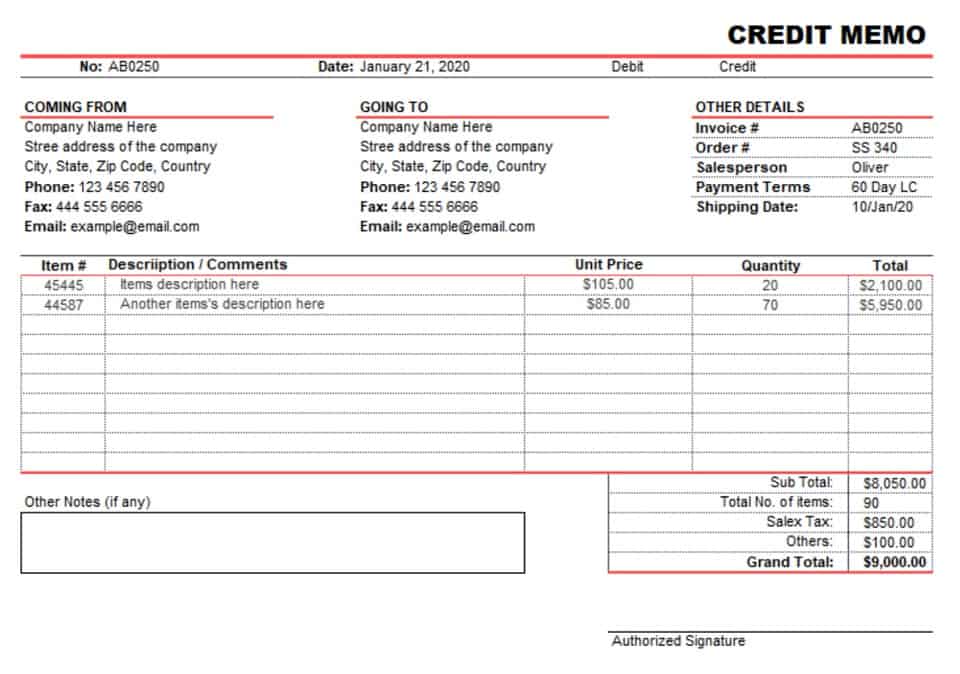In other words, one can take year-on-year or quarter-on-quarter growth rates of all the items of the income statement or the balance sheet – based on the historical data. For example, in the income statement, we can, based on horizontal analysis formula historical data and trends, make assumptions about sales growth and then forecast the sales growth rates through the forecast periods. The horizontal analysis evaluates trends Year over Year (YoY) or Quarter over Quarter (QoQ).
Common-Size Statements
Also, horizontal analysis alone may not provide a comprehensive understanding of a company’s financial health and requires additional analysis and context. Using horizontal analysis in monthly or quarterly reviews helps businesses track performance trends and spot potential issues. By regularly monitoring key metrics like revenue and expenses, companies can make timely adjustments to stay on track with their long-term goals and improve decision-making. Once you have financial data from different periods, the tricky part is organizing and comparing it. They also help you see trends in real-time, and make it faster to spot changes and make crucial decisions. Investors and stakeholders rely heavily on trend analysis to determine the financial health of a company.
- This analysis also helps to evaluate seasonal effects and one-time events like an industry shutdown.
- Understanding the trends revealed by horizontal analysis can shine a light on operational inefficiencies.
- However, you can do this quickly for multiple years, particularly if you’re interested in long-term trends.
- By comparing revenue, operating expenses, and net income over time, you can measure growth and efficiency.
- This means that, as an FP&A analyst, you probably want to suggest tighter cost control to decision makers to keep the profitability in check.
- One-time events like legal settlements, asset sales, or restructuring costs can create temporary spikes or dips in financial metrics.
Collect Financial Statements
In this report, 2019 is identified as the base year, and each line item for the other two years 2020, and 2021 is calculated as a percentage of the same line item for the base year. The horizontal analysis formula used to calculate the % base column is shown in the example below for the revenue line item. In order to improve the horizontal analysis accounting, a variance column could be added for each year showing the change in absolute amount between each year. The horizontal analysis formula in this case for the variance column is shown in the example below for the revenue line item. Now that you’ve gained a comprehensive understanding of horizontal analysis and its advanced techniques, it’s time to explore its real-world adjusting entries applications. Horizontal analysis is a versatile tool with a wide range of practical uses in various aspects of finance and business.
Example: Horizontal Analysis of an Income Statement
- This type of analysis is commonly used by internal and external stakeholders of a company including its directors, shareholders, lenders, and investors.
- The percentages indicate the extent to which each account has increased or decreased over time, but they do not provide an explanation for the reasons behind the changes.
- Sometimes you may find horizontal analysis reports, saving you the calculations, but you can always calculate the percentage change yourself using publicly available financial data.
- If revenue trends downward over several quarters, assess whether external factors like a recession or market disruption might be contributing to this decline.
- Using Excel or Google Sheets is a great way to carry out a horizontal analysis of financial statements, especially if you use a pre-made template.
- For example, in the case of the income statement, each line item might be calculated as a percentage of the revenue line.
- These statements present financial data from different periods, often two or more years, side by side.
When compared with the previous two years—say, 12% and then 14.2%—it becomes clear that the company is on an upward trajectory. This method offers a more nuanced view of financial performance than looking at a single period’s data in isolation. Horizontal analysis is the comparison of financial statements and accounting ratios over a number of accounting periods. This example showcases how horizontal analysis of income statements can provide actionable insights into a company’s financial performance and guide decision-making.
Horizontal analysis, on the other hand, compares financial data across multiple periods to analyze trends, changes, and growth rates. To conduct horizontal analysis i.e. evaluate underlying trends, it’s essential to compare financial statements of a company or companies over two or more accounting periods. Income statements and balance sheets are the primary financial statements that are necessary for horizontal analysis. The income statement summarises a company’s revenues, expenses, and net profit or loss over a specified period, typically one year. Horizontal analysis is important for investors and creditors because it provides insights into the financial health and performance trends of a company over time. By evaluating percentage changes in key account balances, such as net sales, cost of goods sold, and gross profit, stakeholders can identify growth patterns, efficiency improvements, Interior Design Bookkeeping or potential financial issues.




